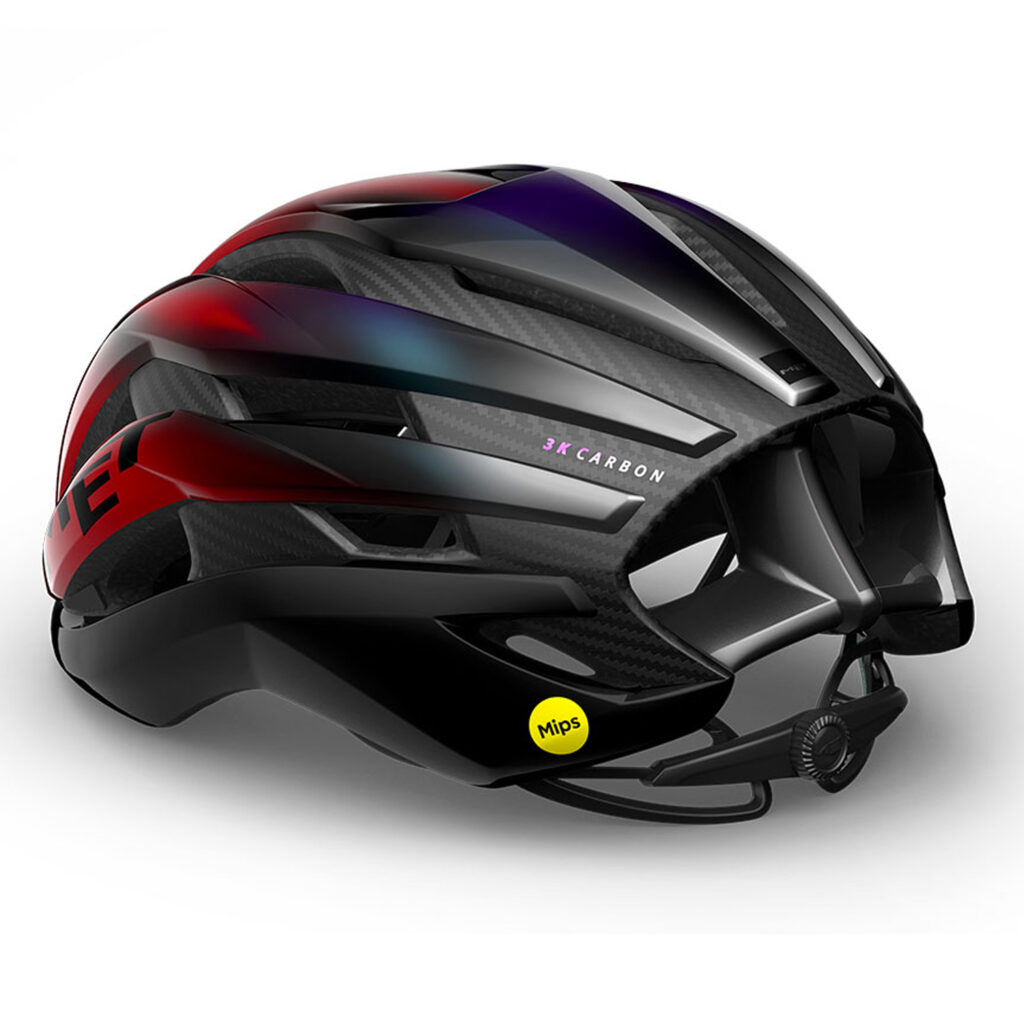Road Bike Helmet Padding and Comfort: A Cyclist’s Guide

Key Point Summary of Road Bike Helmet Padding and Comfort:
- Importance of Helmet Padding in Road Biking: How padding contributes to safety and comfort.
- Types of Helmet Padding and Their Benefits: Exploring different materials and their impact on road biking comfort.
- Maintaining and Upgrading Helmet Padding: Tips for care, hygiene, and when to replace padding for optimal comfort and safety.
As a masters cyclist with a wealth of experience in racing and riding across different terrains – from mountain biking to gravel and cyclocross – I’ve come to appreciate the subtler aspects of cycling gear, especially when it comes to road biking. One such aspect is helmet padding, often overlooked but critical for both comfort and safety. This article, tailored for cyclists at the beginner to mid-level, aims to shed light on the nuances of helmet padding and its role in road biking comfort.
Importance of Helmet Padding in Road Biking
Helmet padding is not just about comfort; it plays a crucial role in the overall safety of a helmet. The right padding can mean the difference between a helmet that feels like a part of you and one that’s a constant distraction. On long road rides, I’ve found that helmets with superior padding not only enhance comfort but also improve focus and endurance.
Types of Helmet Padding and Their Benefits
1. Foam Padding: This is the most common type of padding found in road bike helmets. It’s designed to absorb sweat, provide cushioning, and reduce the impact during a crash. Foam padding, especially the softer varieties, conforms to your head shape, providing a snug fit.
2. Gel Padding: Some higher-end helmets come with gel padding. This type offers a unique level of comfort, molding perfectly to the contours of your head. While riding in a particularly hot gran fondo, I noticed that my helmet with gel padding significantly reduced pressure points, enhancing overall comfort.
3. Anti-Microbial Padding: Considering hygiene, padding with anti-microbial properties is a game-changer. It helps in reducing odor and keeping the helmet fresher for longer. For cyclists who ride frequently, especially in warmer climates, this type of padding can be particularly beneficial.
Maintaining and Upgrading Helmet Padding
Regular Cleaning: Helmet padding absorbs sweat and can become a breeding ground for bacteria. I make it a point to regularly remove and wash the padding of my helmet, ensuring hygiene and comfort.
Replacement Tips: Over time, padding can lose its cushioning properties. It’s crucial to replace your helmet’s padding when it starts to thin out or degrade. Most manufacturers offer replacement padding kits, making this an easy upgrade.
Upgrading Padding: If you’re looking for an upgrade, consider aftermarket padding kits. They can enhance the comfort of your helmet significantly. I once replaced the standard padding in my road helmet with a premium kit, and the difference in comfort was immediately noticeable, especially on longer rides.

MET Trenta 3K Carbon: Emphasizing Road Bike Helmet Padding and Comfort
The MET Trenta 3K Carbon helmet, a revered model in the cycling community, exemplifies the pinnacle of road bike helmet design, particularly in terms of padding and comfort. Let’s delve into what makes its padding stand out and contribute significantly to the comfort of road cyclists.
Advanced Padding Material
- Innovative Design: The Trenta 3K Carbon uses high-quality padding material that is optimized for both comfort and performance. This padding is engineered to be lightweight, enhancing the overall comfort without adding extra bulk to the helmet.
- Breathability: The padding is designed with breathability in mind. It allows for efficient air circulation, which is crucial in preventing overheating during long rides. This feature is especially appreciated by road cyclists who often face the challenge of maintaining a cool head under intense sun exposure.
Comfort-Focused Features
- Pressure Distribution: One of the standout features of the Trenta 3K Carbon’s padding is its ability to evenly distribute pressure across the head. This reduces the likelihood of hotspots or discomfort, which can be a distraction during long rides.
- Moisture Management: The padding in the Trenta 3K Carbon is adept at wicking away moisture. This keeps the cyclist’s head dry and comfortable, a crucial factor in maintaining focus and comfort, especially on grueling road rides.
- Anatomical Fit: The padding contours to the shape of the head, ensuring a snug and secure fit. This anatomical fit is critical for both safety and comfort, as it prevents the helmet from shifting or becoming a distraction while riding.
Durability and Hygiene
- Long-lasting Comfort: The materials used in the Trenta 3K Carbon’s padding are durable, ensuring that the helmet retains its comfort features even after extensive use.
- Hygienic Solutions: Given that road cyclists often spend long hours on the saddle, the hygienic aspect of helmet padding is vital. The padding in the Trenta 3K Carbon is treated to be anti-microbial, preventing the build-up of bacteria and reducing odor over time.
Personal Experience and Feedback
Many road cyclists, myself included, have noted the exceptional comfort provided by the MET Trenta 3K Carbon. The helmet’s ability to remain comfortable over extended periods without compromising on safety or performance is a testament to MET’s dedication to quality and innovation in helmet design.
FAQ
What is the best material for helmet padding?
The best material for helmet padding is often a combination of expanded polystyrene (EPS) foam for its excellent shock-absorbing properties, and memory foam or gel pads for added comfort and a better fit. Moisture-wicking fabrics are also ideal for covering the padding, as they help in keeping the rider cool and dry.
Can you add extra padding to a helmet?
Yes, you can add extra padding to a helmet for a better fit or increased comfort, as long as it doesn’t compromise the helmet’s safety and fit. Many manufacturers offer additional padding kits specifically designed for their helmet models.
Can I wear a helmet without padding?
No, it’s not advisable to wear a helmet without padding. The padding is essential for proper fit and shock absorption, crucial for the helmet’s effectiveness in protecting your head during an impact.
Concluding Thoughts
In summary, the MET Trenta 3K Carbon stands as a paragon in the realm of road bike helmets, particularly for its focus on padding and comfort. Its advanced materials, breathability, moisture management, and ergonomic design contribute to a riding experience where comfort is as paramount as safety. For road cyclists looking for a helmet that excels in these areas, the Trenta 3K Carbon is a choice worth considering.
In road biking, where hours are spent in the saddle, the importance of helmet padding cannot be overstated. It’s a vital component of your cycling gear that ensures safety and enhances comfort. By understanding the different types of padding and their benefits, and by maintaining your helmet padding properly, you can significantly improve your road cycling experience.
John






